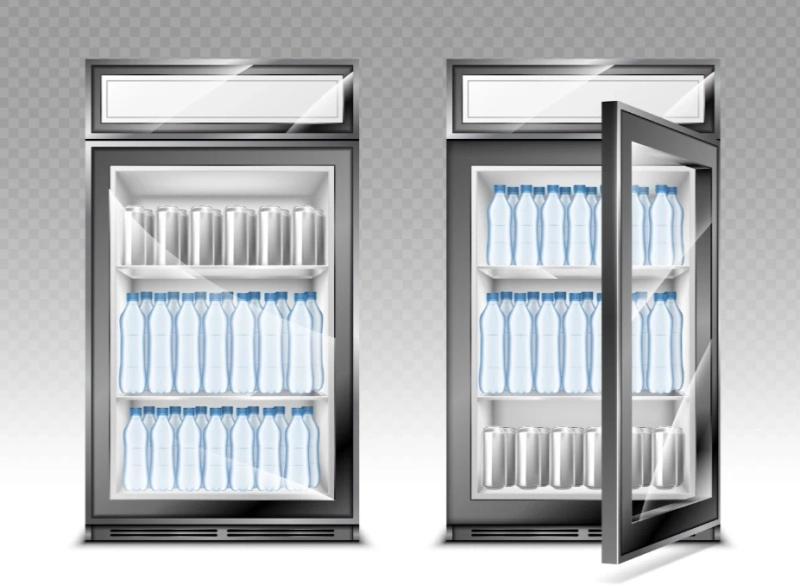Commercial refrigerators are indispensable appliances in various industries, including food service, hospitality, healthcare, and retail. These refrigeration systems rely on a multitude of Commercial Refrigerator Parts and components to maintain optimal temperatures, preserve perishable goods, and ensure food safety. However, like any complex machinery, commercial refrigerators consist of numerous components and parts that require regular maintenance and occasional replacement to ensure optimal performance. In this comprehensive guide, we'll explore the essential commercial refrigerator parts, their functions, maintenance tips, and strategies for efficient replacement.
Understanding Commercial Refrigerator Parts
Commercial refrigerators are sophisticated systems comprised of several essential components that work together to maintain proper temperature levels and preserve perishable goods. Understanding the functions of each part is crucial for effective maintenance and troubleshooting.
Compressor
The compressor is the heart of the refrigeration systems, responsible for pressurizing and circulating the refrigerant gas. As the refrigerant passes through the compressor, it undergoes compression, increasing its temperature and pressure. This high-pressure gas is then circulated through the refrigeration system, where it releases heat and condenses into a liquid state.
Condenser Coil
The condenser coil is located either on the back or underside of the refrigerator and is responsible for dissipating heat from the compressed refrigerant. As the hot refrigerant gas flows through the condenser coil, it releases heat energy into the surrounding environment, causing it to condense into a liquid. This process is essential for cooling the refrigerant and preparing it for the next stage of the refrigeration cycle.
Thermostat
The thermostat monitors the temperature inside the refrigerator and controls the operation of the compressor based on preset temperature settings. When the temperature rises above the desired level, the thermostat signals the compressor to start, initiating the refrigeration cycle.
Maintenance Tips for Commercial Refrigerator Parts
Clean Condenser Coils
Dirty condenser coils can impede heat transfer and reduce the efficiency of the refrigeration system. Regularly clean the condenser coils with a soft brush or vacuum to remove dust, dirt, and debris.
Monitor Temperature Settings
Regularly monitor and adjust the temperature settings to ensure they are within the recommended range for storing perishable goods safely. Use a thermometer to verify that the temperature inside the refrigerator remains consistent and accurate.
Inspect Fan Motors
Check the fan motors regularly for signs of wear or malfunction, such as unusual noise, vibration, or overheating. Lubricate moving parts as needed and replace worn or damaged fan motors promptly to prevent system failures.
Replace Air Filters
Clean or replace air filters regularly to maintain proper airflow and prevent dust and debris from accumulating on evaporator coils and fan blades. Restricted airflow can reduce cooling efficiency and lead to compressor overheating and failure.
Schedule Routine Maintenance
Establish a regular maintenance schedule and schedule professional inspections and tune-ups at least once a year. Professional technicians can identify potential issues early, perform necessary repairs, and ensure optimal performance of your refrigeration system.
Conclusion
Commercial refrigerators are complex systems comprised of various components that work together to maintain optimal temperatures and preserve perishable goods. Understanding the essential Commercial Refrigerator Parts, their functions, and common maintenance issues is crucial for ensuring reliable operation and minimizing downtime. By prioritizing maintenance and using high-quality replacement parts, businesses can minimize downtime, reduce repair costs, and optimize the performance of their refrigeration systems for years to come.


